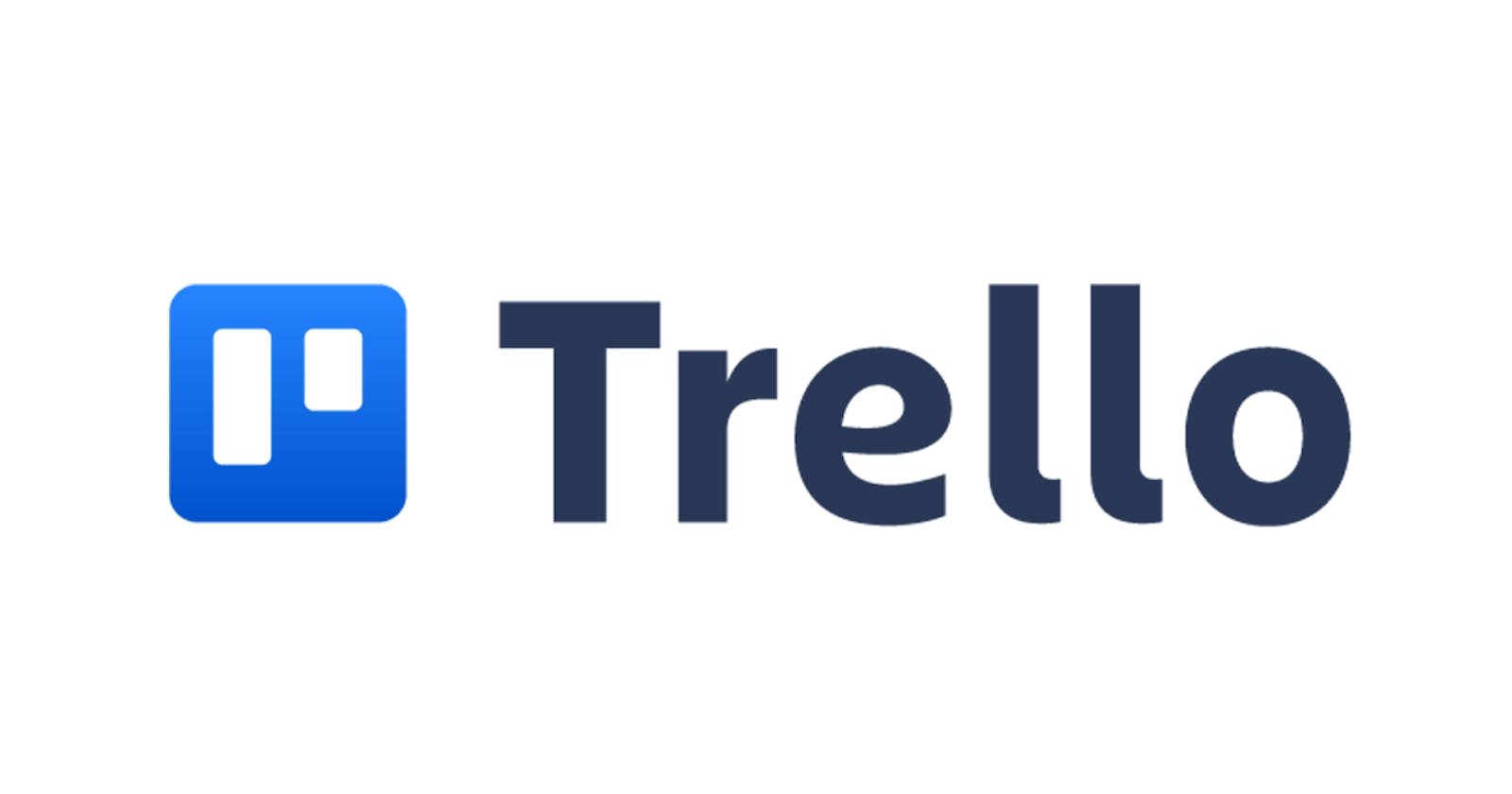Boosting Productivity with Trello: A Comprehensive Guide
In today's fast-paced world, staying organized and productive is essential, whether you're managing personal tasks, collaborating with a team, or overseeing complex projects. Trello, a popular project management tool developed by Atlassian, has gained widespread adoption for its intuitive interface, flexible functionality, and versatility across various workflows. In this article, we'll explore what Trello is, how it works, and how you can leverage its features to enhance your productivity and streamline your work processes.
What is Trello?
Trello is a visual collaboration tool that enables individuals and teams to organize tasks, projects, and workflows using boards, lists, and cards. Originally developed by Fog Creek Software in 2011 and later acquired by Atlassian, Trello has become a go-to solution for project management, task tracking, and team collaboration across diverse industries and use cases.
How Does Trello Work?
At its core, Trello revolves around three main components: boards, lists, and cards. Here's how they work together:
Boards:
Boards serve as the foundation of your Trello workspace, representing projects, initiatives, or areas of focus. Each board is a customizable canvas where you can organize and visualize your work. You can create multiple boards for different projects or purposes, such as personal tasks, team projects, or event planning.
Lists:
Within each board, you can create lists to represent different stages or categories of work. For example, a software development board might have lists for "To Do," "In Progress," "Testing," and "Done." Lists provide a structured way to organize and prioritize tasks, making it easy to track progress and move work through various stages.
Cards:
Cards are the individual units of work in Trello, representing tasks, ideas, or action items. Each card can contain a title, description, checklists, due dates, attachments, and comments. You can move cards between lists to reflect changes in status or progress, and you can assign cards to team members to indicate responsibility.
Collaboration and Communication:
Trello facilitates collaboration and communication through features such as comments, mentions, attachments, and activity logs. Team members can leave comments on cards, tag each other using @mentions, attach files or links, and track changes using the activity feed. This promotes transparency, accountability, and real-time communication within the team.
Why Use Trello?
The adoption of Trello offers several benefits for individuals and teams:
Visual Organization: Trello's visual interface makes it easy to organize and prioritize tasks, track progress, and visualize workflows. The drag-and-drop functionality allows you to rearrange cards and lists effortlessly, adapting to changing priorities and requirements.
Flexibility and Adaptability: Trello's flexible structure and customizable features make it suitable for a wide range of use cases and workflows. Whether you're managing personal tasks, coordinating a team project, or planning an event, Trello can be tailored to fit your specific needs and preferences.
Collaboration and Communication: Trello facilitates collaboration and communication among team members, regardless of location or time zone. With features like comments, mentions, and activity feeds, team members can stay informed, share updates, and coordinate work effectively.
Transparency and Accountability: Trello provides transparency into the status of tasks and projects, making it easy to track progress, identify bottlenecks, and address issues proactively. By assigning cards to team members and tracking changes in real-time, Trello promotes accountability and ownership of work.
Integration with Third-Party Tools: Trello integrates seamlessly with a wide range of third-party tools and services, including Slack, Google Drive, Dropbox, GitHub, and more. These integrations allow you to streamline your workflows, automate repetitive tasks, and leverage your existing toolset within the Trello environment.
Getting Started with Trello
To get started with Trello, follow these steps:
Sign Up: Create a Trello account either through the web interface or by downloading the mobile app from the App Store or Google Play Store.
Create Boards: Start by creating a board for your project, team, or area of focus. Give your board a descriptive name and customize it by adding lists to represent different stages of work.
Add Cards: Populate your board with cards representing individual tasks, action items, or ideas. Each card should contain relevant details such as descriptions, due dates, checklists, and attachments.
Organize and Prioritize: Use the drag-and-drop functionality to organize cards within lists and prioritize work based on urgency or importance. Move cards between lists as they progress through different stages of completion.
Collaborate and Communicate: Encourage team members to collaborate and communicate within Trello by leaving comments, mentioning each other using @mentions, and attaching relevant files or links to cards.
Conclusion
Trello is a versatile and user-friendly tool that empowers individuals and teams to organize tasks, collaborate effectively, and achieve their goals with ease. Whether you're managing personal projects, coordinating team initiatives, or planning complex workflows, Trello provides the flexibility, adaptability, and functionality you need to succeed. By leveraging its visual organization, customizable features, and seamless integrations, you can boost productivity, streamline communication, and drive results in your personal and professional endeavors.
